National Catholic Reporter at Fifty
National Catholic Reporter at Fifty
The Story of the Pioneering Paper and Its Editors
Arthur Jones
ROWMAN & LITTLEFIELD
Lanham Boulder New York London
Published by Rowman & Littlefield
A wholly owned subsidiary of The Rowman & Littlefield Publishing Group, Inc.
4501 Forbes Boulevard, Suite 200, Lanham, Maryland 20706
www.rowman.com
16 Carlisle Street, London W1D 3BT, United Kingdom
Copyright 2014 by Rowman & Littlefield
All rights reserved. No part of this book may be reproduced in any form or by any electronic or mechanical means, including information storage and retrieval systems, without written permission from the publisher, except by a reviewer who may quote passages in a review.
British Library Cataloguing in Publication Information Available
Library of Congress Cataloging-in-Publication Data
Jones, Arthur, 1936
National Catholic reporter at fifty : the story of the pioneering paper and its editors / Arthur Jones.
pages cm
A Sheed & Ward book.
ISBN 978-1-4422-3611-0 (cloth : alk. paper) ISBN 978-1-4422-3612-7 (electronic)
1. National Catholic reporterHistory. 2. Catholic ChurchUnited StatesPeriodicalsHistory. I. Title.
BX801.J66 2014
282'.7305dc23
2014008857
 TM The paper used in this publication meets the minimum requirements of American National Standard for Information Sciences Permanence of Paper for Printed Library Materials, ANSI/NISO Z39.48-1992.
TM The paper used in this publication meets the minimum requirements of American National Standard for Information Sciences Permanence of Paper for Printed Library Materials, ANSI/NISO Z39.48-1992.
Printed in the United States of America
For Joe Feuerherd
NCRs Man for All Seasons
NCR intern, staff writer,
Washington correspondent,
Washington bureau chief,
editor-in-chief and CEO/publisher
in tandem with
Tom Fox
NCRs mystic, maestro and mentor
The newspapers Vietnam War correspondent,
twice its editor, three times its publisher,
its institutional memory
and always its guiding spirit
Preface
I have always felt that NCR was located poorly, but that a combination of extraordinary events helped it to overcome that disability.
S. J. Adamo, The Press, America magazine, July 24, 1971
This is a book for reading in the lounge chair, or at the beach or in bed for ten minutes before lights out.
It is about the people who have led a small, national Catholic newspaper into the thickets of church and secular, national and international news for a half-century. It is an account, more a summary, of the news flow across these past fifty years of our liveswherever the reader might fit into that era.
The National Catholic Reporter was founded at the halfway mark of the Second Vatican Council (19621965). NCR, as it is known, became not merely the councils chronicler, but its flag-bearer, then its defender. Its defender until, finally, it was one of the few publications thatlike monks working in the Dark Agesstill carried the great message of the great church council into the future.
The great message of the Second Vatican Council was that the church had thrown its arms wide open to greet the world in a new way. Vatican II also told the Catholic laity it was its job to pick up the load from that point on. NCR held fast even as the institutional church began to backtrack and renege on the councils ideals.
For five decades, NCRs coverage has chronicled social changes and the churchs response, has taken its readers into worlds of the hope-filled and valiant as well as into the saddest corners of human life and the darkest corners of a secretive church.
In its fifty years, NCR has been hailed and damned.
Twice, local bishops called for it to remove the word Catholic from its masthead. Twice, the editors, publishers and board declined. Fellow journalists have a different view. To the New York Times, we are a brave little paper; to TIME magazine, a global powerhouse. The Kansas City Star dubbed us the churchs Loyal Gadfly; Religion News Service spoke of the National Catholic Reporters fierce independence and liberal tilt, while the Washington Post sees NCR as the go-to source for all things Catholic.
What the reader will not see is much by the way of current critique of NCR. Just as it needs a full-scale history, it requires a detached observer. Not since the University of Notre Dames Scott Applebys fifteen-page paper in 1997 has anyone thoughtfully taken the National Catholic Reporter to task in a scholarly way. Even then, Applebys critique was simply an element within Taking Hold of the Dirty Stuff of History: Robert G. Hoyt and the Founding of the National Catholic Reporter.
What Appleby in part contended was that
the paper was nonetheless vulnerable to criticism that it was narrowly theological, biased, and contentious for its own sake, thereby undermining Catholic unity. Obsessed with ending the hierarchical churchs governance by secrecy, it was too frank at times, transgressing the bounds of good taste and decencynot a happy legacy for our own frayed culture of complaint. Hoyts thirst for the fray, [as first board chairman John] Fallon put it, inclined the NCR to strongly partisan stands in its editorials, influenced it toward the selection of controversial news, and contributed toward an atmosphere in which sloppy reporting might slip by if it represented a certain side on an issue.
In September 1966, Bishop James Shannon, auxiliary bishop of
MinneapolisSt. Paul, gave a talk at Saint Thomas College. He cited NCR as an example of journals which slip into bad taste, discourtesy and sloppy reporting in their eagerness to promote free discussion. Hoyt invited Shannon to submit an article to NCR. Shannon agreed and wrote that NCR was too much into good guys, bad guys and was often foolishly simplistic in its view of the world and the church.
Hoyts extended reply explained NCR was not a teaching agency of the church. Nor was it a public relations agency for the bishops. Hoyt said the newspapers inadequacies bother us but not enough to weigh us down. We are doing an essential job and that is being done well enough to justify continuing.
Certainly the newspaper has been the dependable source of behind-the-scenes stories on the church for a half-century.
It revealed the secret findings of the Papal Birth Control Commission. (In 1968, Pope Paul VI overrode the commission members recommendations to approve contraception for married couples.)
It spearheaded the earliest debates on the role and rights of women and women religious in the church.
Its open forum on celibacy brought to the fore a topic the institution contended was a non-issue.
In 1985, seventeen years before the national outcry created by the Boston Globes investigation into Cardinal Bernard Laws behavior, the National Catholic Reporter front page revealed the widespread nature of clerical pedophilia abuse nationwide.
And when, in the 1990s, nuns were being raped in Africa by priests who wanted AIDS-free sex, it was NCR that carried yet another story no one wanted to hear, and none could ignore.
Those, however, are the highlight exposs. This books overview of the news flow under each editor is more impressionistic than detailed. There are occasional samples of the news flow, but the focus is more on the trends and major issues of the moment.
The newspaper has always had two underlying themes: revealing the social Gospel at work through the lives of the churchs current prophetic witnesses, and doing so through some of the best American Catholic writers of the times. The writerslay men and women, priests, nuns and brothershave explored in depth the scriptural, spiritual, moral and theological imperatives in the light the ever-changing times demanded.
Next page
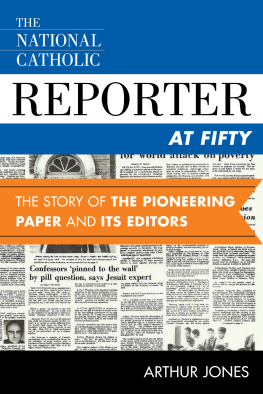
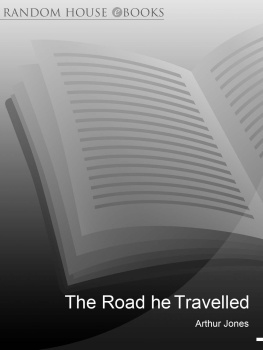
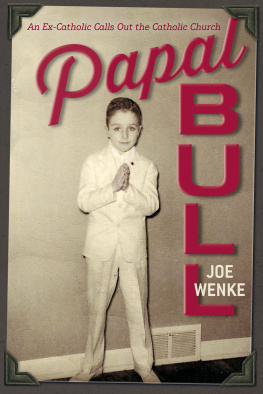
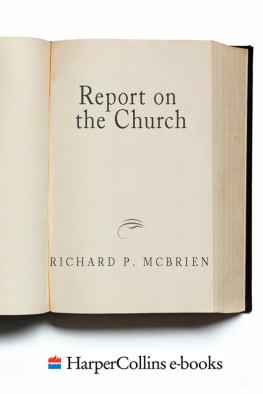
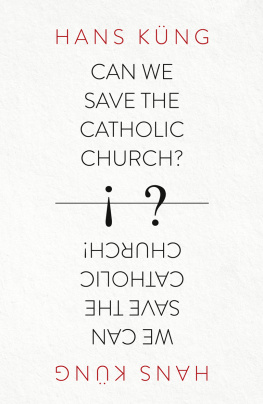

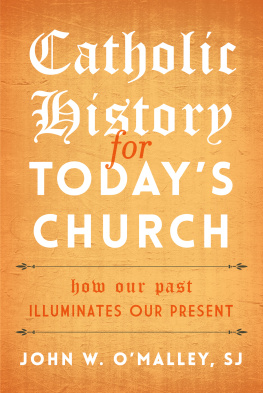
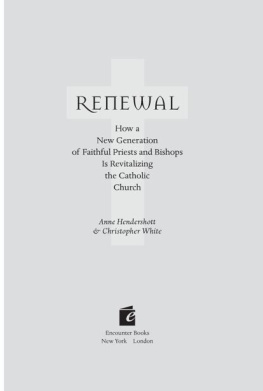
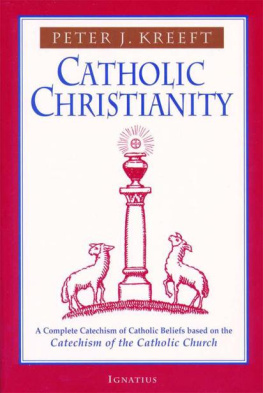
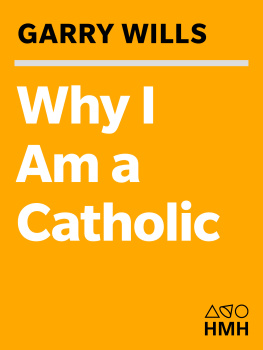

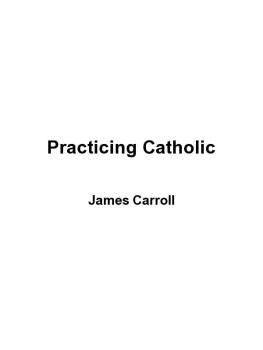
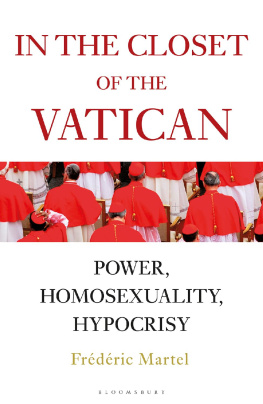

 TM The paper used in this publication meets the minimum requirements of American National Standard for Information Sciences Permanence of Paper for Printed Library Materials, ANSI/NISO Z39.48-1992.
TM The paper used in this publication meets the minimum requirements of American National Standard for Information Sciences Permanence of Paper for Printed Library Materials, ANSI/NISO Z39.48-1992.